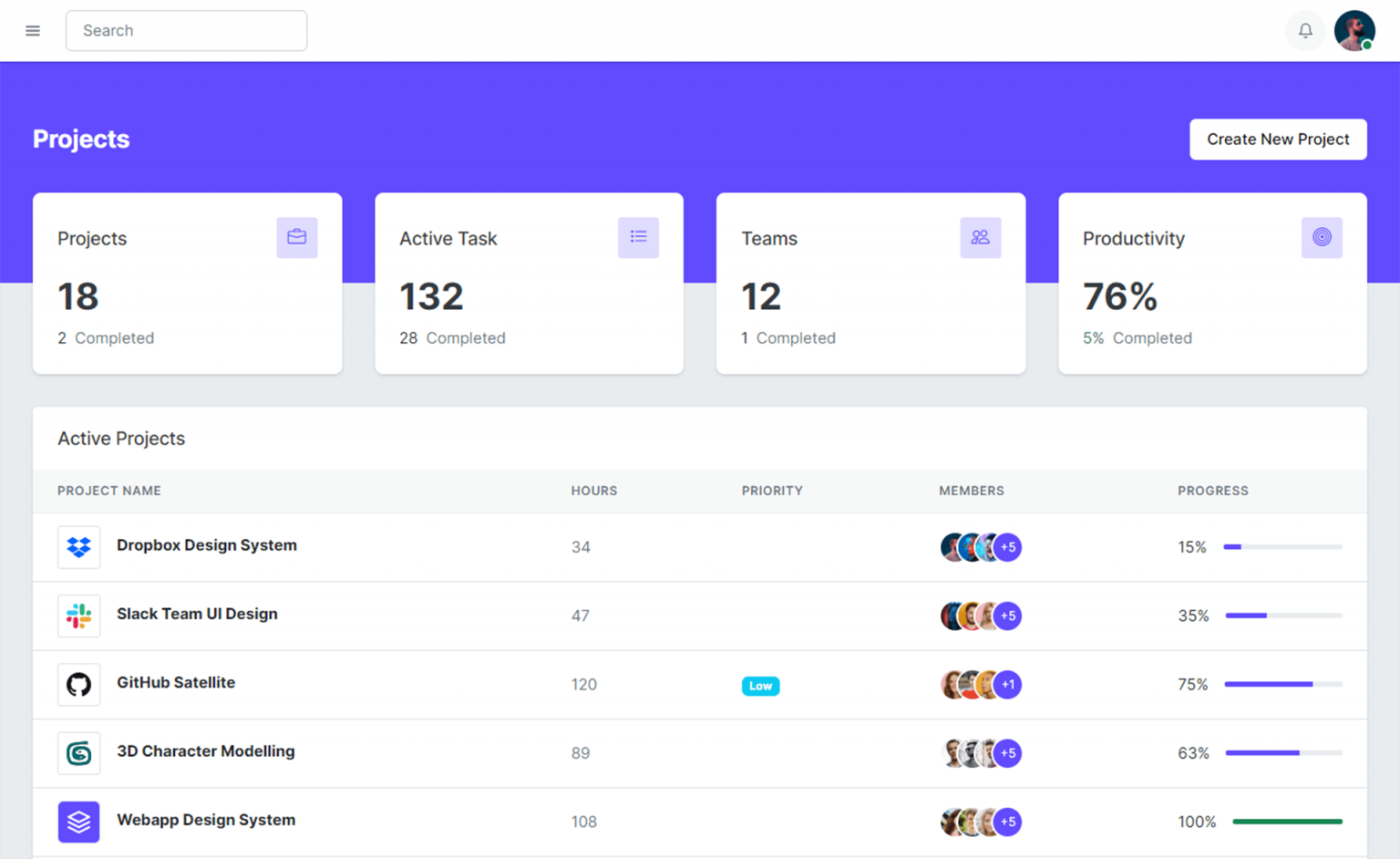Inner Join Using LINQ And Lambda
By Tan Lee Published on Feb 22, 2025 143
An inner join returns only those records or rows that exist in both tables, meaning it gives us the matching rows from both tables.
SQL Syntax
SELECT column_name(s) FROM table1 INNER JOIN table2 ON table1.column_name = table2.column_name;
Let's assume we have two tables, Students and Courses, and we want to join them based on the StudentID (from Students) and CourseID (from Courses) to retrieve student names along with the courses they are enrolled in.
using System;
using System.Collections.Generic;
using System.Linq;
using System.Text;
using System.Threading.Tasks;
namespace InnerJoinExample
{
class Program
{
static void Main(string[] args)
{
using (UniversityEntities databaseEntities = new UniversityEntities())
{
#region InnerJoin with Linq
// Deferred query execution
var linqQuery = from student in databaseEntities.Students
join course in databaseEntities.Courses
on student.StudentID equals course.StudentID
select new
{
student.StudentID,
student.Name,
course.CourseName
};
Console.WriteLine("\n\tStudent Data with Inner Join Using LINQ Query");
// Immediate query execution
foreach (var studentData in linqQuery)
{
Console.WriteLine($"Student ID: {studentData.StudentID}, Name: {studentData.Name}, Course: {studentData.CourseName}");
}
#endregion
#region InnerJoin with Lambda
// Deferred query execution
var lambdaQuery = databaseEntities.Students.Join(databaseEntities.Courses,
s => s.StudentID,
c => c.StudentID,
(s, c) => new
{
s.StudentID,
s.Name,
c.CourseName
});
Console.WriteLine("\n\tStudent Data with Inner Join Using LINQ Lambda");
// Immediate query execution
foreach (var studentData in lambdaQuery)
{
Console.WriteLine($"Student ID: {studentData.StudentID}, Name: {studentData.Name}, Course: {studentData.CourseName}");
}
#endregion
}
}
}
}Output:
Student Data with Inner Join Using LINQ Query Student ID: 1, Name: John Doe, Course: Mathematics Student ID: 2, Name: Jane Smith, Course: Computer Science Student Data with Inner Join Using LINQ Lambda Student ID: 1, Name: John Doe, Course: Mathematics Student ID: 2, Name: Jane Smith, Course: Computer Science
In this example:
LINQ Query:
We use the LINQ syntax to perform an inner join between theStudentsandCoursestables based on theStudentIDandCourseID. The result selects theStudentID,Name, andCourseName.Lambda Query:
Similarly, using Lambda syntax, we achieve the same result by joining theStudentsandCoursestables and selecting the necessary fields.
- C# LINQ Tutorial
- C# LINQ query and method syntax
- Group by in LINQ
- How to get the index of an element in C# LINQ
- Cannot use a lambda expression as an argument to a dynamically dispatched operation
- How to group by multiple columns using LINQ
- Using LINQ to remove elements from a List<T>
- How to Find XML element by name with XElement in LINQ
Categories
Popular Posts
11 Things You Didn't Know About Cloudflare
Dec 19, 2024
Dash UI HTML5 Admin Dashboard Template
Nov 18, 2024
Focus Admin Dashboard Template
Nov 18, 2024
Material Lite Admin Template
Nov 14, 2024





